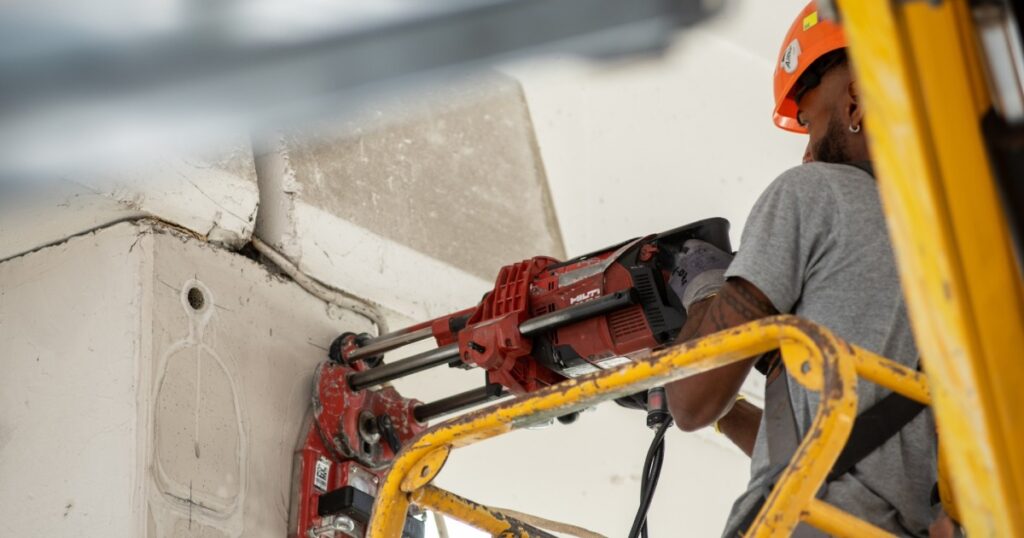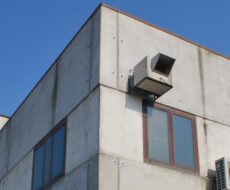
February 2, 2023
The factors that influence the cost of an anti-seismic intervention
The term local reinforcement means an intervention aimed at fixing the vulnerabilities present in a building and, as it pertains to pre-fabricated concrete warehouses, this action includes the installation of anti-seismic devices that connect various elements that make up the structure to avoid the collapse due to loss of support.
This article will analyse 5 factors that affect the cost of a local reinforcement intervention in pre-fabricated concrete buildings, i.e. the prevailing company structures on the Italian territory.

Type of structure
The first factor is the type of existing structure, as the architectural layout of the building (presence of truss or double slope beams, wing elements resting on monolithic beams, roofing made with honeycomb or concrete side plates, etc.) influences both the weight of the plates and the type of securing of the anti-seismic devices.
Seismic zoning
The second element is seismic zoning, or the seismic acceleration to which the building is subject. This size is conditioned by the area in which the building is located and this value is imposed by current legislation. The greater the reference acceleration, the more relevant the seismic actions, creating urgency in making existing structures anti-seismic. For example, an area characterized by an acceleration equal to ag/g = 0.18 implies the installation of anti-seismic devices with greater weights than an area with an acceleration of ag/g = 0.10.
Presence of systems or machinery
The third factor is the presence of systems in the building, as the presence of the latter affects both the design of the anti-seismic devices and their installation, given the customisation of each device to bypass such equipment. As for machinery on the ground, the clearer the building, the faster the operators will be able to move inside it with the lifting platforms (PLE), thus reducing intervention time.
Location of the building
The fourth element refers to the location of the structure. If the latter is located at a significant distance from the headquarters of the company that deals with the intervention, it may require the need for travel, thus increasing the final cost.
Intended use
The fifth factor is the intended use, that is, the purpose of using a structure. For example, in pre-fabricated concrete buildings intended for office use, usually there are drop ceilings present, elements that make the installation of anti-seismic devices more intricate. Particular needs and environments also influence the economic expenditure necessary for the intervention as they presuppose specific intervention strategies.
All these elements with their relative costs, added together, lead to the final price of the intervention. It is therefore apparent that establishing a fixed price is impossible, given that an intervention on the same building, but with different conditions and requirements, would have a cost that may vary considerably.
Tackling the same issue for an anti-seismic improvement or retrofitting intervention becomes even more complex since, when dealing on an entire building, the problems and therefore the intervention costs multiply.
It is also important to mention that the financial effort required for an anti-seismic intervention, whatever the type, is also conditioned by the availability and price trend of raw materials in that specific historical period.






